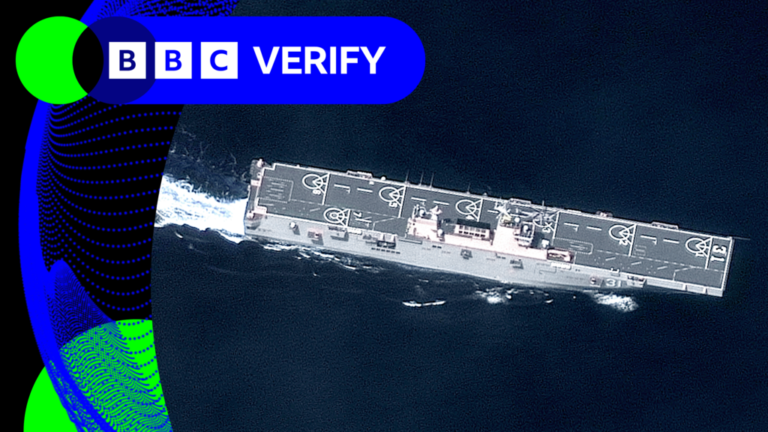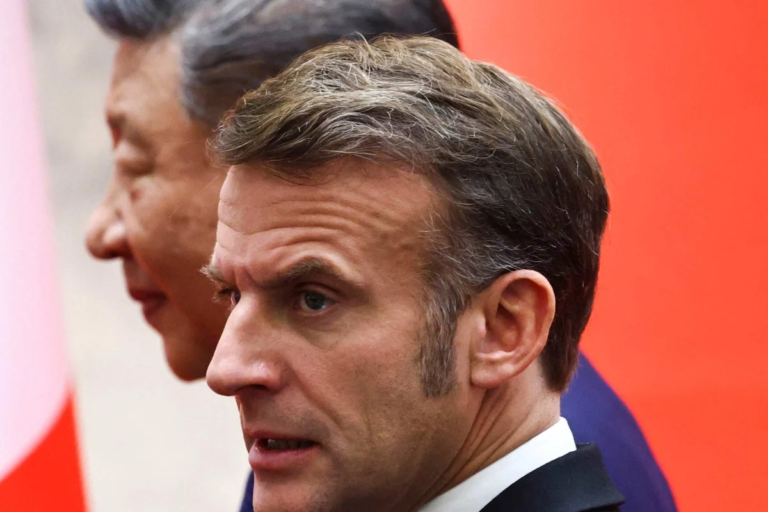
The latest iteration of the Marine Rotational Force – Darwin (MRF-D), designated 25.3, has officially commenced its deployment across the Pacific, signaling a continued commitment to regional security and interoperability with allies. This deployment marks the thirteenth rotation of U.S. Marines to the Northern Territory of Australia, further solidifying the strong defense partnership between the two nations.
MRF-D 25.3 comprises a contingent of Marines drawn from across various units, bringing with them a robust skill set and a focus on enhancing defense capabilities. Throughout the six-month deployment, the Marines will participate in a series of exercises, training activities, and cultural exchanges.
“MRF-D continues to be a cornerstone of our commitment to the Indo-Pacific region,” stated a spokesperson for the U.S. Marine Corps. “This rotation reflects our enduring partnership with Australia and our shared dedication to promoting stability and security in this vital area. MRF-D 25.3 will focus on enhancing interoperability with our Australian Defence Force counterparts, strengthening our collective ability to respond to regional challenges.”
Key training objectives for MRF-D 25.3 include:
- Advanced marksmanship and live-fire exercises: Refining combat readiness and proficiency in weapons handling.
- Joint operations with the Australian Defence Force: Enhancing coordination and communication in a variety of scenarios, including humanitarian assistance and disaster relief.
- Regional engagement: Fostering relationships with local communities and participating in cultural exchange programs to build understanding and trust.
- Amphibious training: Strengthening capabilities in ship-to-shore operations and maritime security.
The deployment of MRF-D 25.3 is not only significant for its training component but also for its broader strategic implications. It underscores the United States’ commitment to maintaining a forward presence in the Indo-Pacific region, countering potential threats, and working alongside allies to address shared security concerns.
“This rotation demonstrates the continued importance of the U.S.-Australia alliance and our shared vision for a free and open Indo-Pacific,” commented a representative from the Australian Department of Defence. “We look forward to working closely with MRF-D 25.3 to enhance our interoperability and strengthen our collective defense capabilities.”
As MRF-D 25.3 settles into its deployment, it will undoubtedly play a crucial role in bolstering regional security and fostering strong relationships with both military and civilian communities throughout the Pacific. The success of this rotation will be a testament to the enduring partnership between the United States and Australia and their shared commitment to a stable and prosperous Indo-Pacific region.
Marine Rotational Force – Darwin (MRF-D) 25.3 has commenced its 14th iteration, projecting its operational reach well beyond northern Australia. While most of the force has successfully closed in Darwin, a portion of the ground combat element deployed directly from Camp Pendleton, California, to the Philippines to train with the Philippine Marine Corps’ (PMC) 1st Marine Brigade in Mindanao.
This staggered deployment demonstrates MRF-D’s ability as a forward-deployed Marine Air-Ground Task Force (MAGTF) to rapidly maneuver and execute operations across the Indo-Pacific region with key allies and partners. With forces operating in both Australia and the Philippines, the MAGTF maintains command and control over multiple training events across thousands of miles of ocean, strengthening alliances and enhancing collective regional security.
“Our ability to deploy and integrate forces to multiple locations at once is a testament to the flexibility and adaptability of the MAGTF,” said Col. Jason C. Armas, commanding officer of the MRF-D 25.3 MAGTF. “We are simultaneously enhancing capabilities with our allies and partners while demonstrating our unwavering commitment to regional stability and security.”
In Mindanao, U.S. Marines with 2nd Battalion, 1st Marine Regiment, MRF-D 25.3, commenced Marine Exercise Philippines (MAREX) 25, a bilateral exercise designed to further improve small unit tactics and combined arms capabilities in a realistic jungle training environment. MAREX 25 is just the beginning of a series of planned training between MRF-D 25.3 Marines, PMC and the Armed Forces of the Philippines (AFP), all happening simultaneously with major training events in Australia, New Caledonia, Papua New Guinea and Malaysia.
“It has been a great experience building upon the already close relationship we have with the Philippine Marine Corps,” said Capt. Carter Collins, a company commander with 2nd Battalion, 1st Marine Regiment. “We cherish every opportunity to train with our PMC partners, and being able to do so in this environment with the people who know it best makes us all more capable moving forward.”
MAREX 25 includes subject matter expert exchanges, combat marksmanship training, jungle survival instruction and opportunities for U.S. and Philippine Marines to engage with local communities in Mindanao. The exercise will culminate in the execution of a full mission profile- a realistic, end-to-end training scenario replicating all phases of a military operation. It is designed to closely simulate the conditions Marines might face in real world combat environments. Successfully completing this full mission profile alongside the PMC will ensure combined readiness across a broad range of future potential missions.
Meanwhile in Darwin, the remainder of the MAGTF is preparing for a series of multinational exercises across the Pacific. At the forefront is Balikatan 25, where MRF-D Marines and Sailors will train alongside joint U.S. military forces, the Australian Defence Force, AFP and Japan Ground Self Defense Force. At the joint level, the MRF-D MAGTF will train alongside the U.S. Army’s 1st Multi-Domain Task Force during a counter-landing live fire event at Palawan, Philippines. Concurrently with Balikatan, members of Combat Logistics Battalion 1, the MAGTF’s logistics combat element, will rehearse humanitarian assistance and disaster response (HADR) operations in New Caledonia and Wallis and Fortuna alongside the 9th Mission Support, U.S. Army Pacific, and the Armed Forces in New Caledonia. 1400 miles to the west, CLB-1 will also conduct a technical reconnaissance operation in Papa New Guinea with the Australian Defence Force and other regional partners to locate and mark unexploded ordnance in the region for safe disposal while engaging with the local community.
The MRF-D 25.3 MAGTF command element is postured to command and control the force across the Indo-Pacific. With expanded operational reach and the ability to seamlessly transition the MAGTF between exercises with allies and partners, the MRF-D 25.3 MAGTF’s force closure marks the critical first step to a successful deployment in support of a free and open Indo-Pacific.





